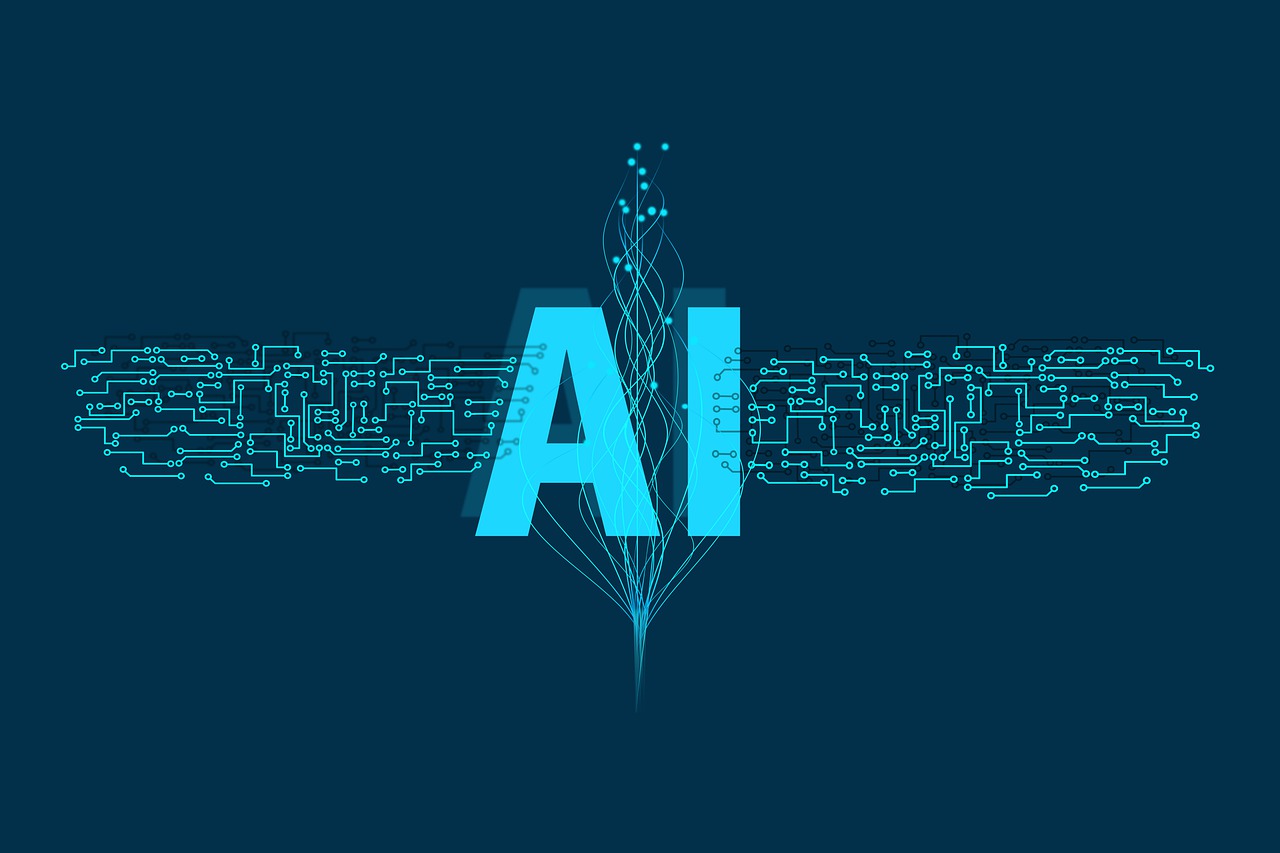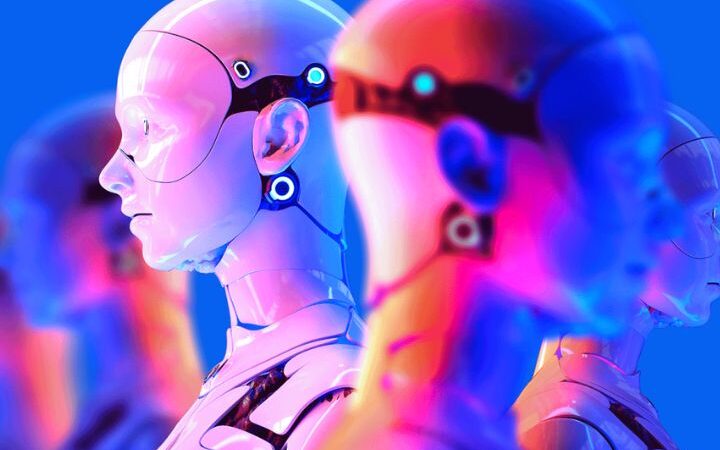Top Ten Projects of Artificial Intelligence

Artificial intelligence (AI) is no longer an emergent technology, it has grown to be part of our lives. Whether you perform a quick search on Google, spam gets automatically filtered in your email, Spotify recommends music, or your smartphone predicts the next word you are going to type, this is artificial intelligence at work. The AI industry has grown unprecedentedly, and it is projected that it will be worth US$126 million come 2025. This translates to high demand for AI skills. Yet today, AI is a broad field that encompasses machine learning, neural networks, robotics, natural language processing (NLP), and others.
Table of Contents
Facts about India’s electronic capital
Bangalore, India’s Silicon Valley, also happens to be its electronic capital. It is home to top international and local technology companies in India such as Microsoft, IBM, SAP, Intel Corporation, Dell Technologies, Cisco Systems, and more. It is no wonder that Bangalore accounts for up to 40% of India’s IT industry and creates more than 200,000 job opportunities for talented IT professionals. India’s largest electronic industrial park covering a stretch of 800 acres is located in Bangalore.
Bangalore is also home to top IT talent with a thriving IT BPO industry ranking in revenue to the tune of US$17 billion on an annual basis. At the same time, the education and training industry has not been left behind in bridging the skills gap with curriculums covering emerging technology. Whether you are seeking robotics, IoT, blockchain, computer engineering, or an artificial intelligence course in Bangalore, you can’t miss a good course to pursue in this city.
10 Artificial Intelligence Projects for Learners
AI skills are in high demand in Bangalore and across the globe. Currently, the average salary of an AI engineer ranges between $171,715 and $250,000.
Is this reason enough to build an appealing project portfolio?
Yes.
AI projects are typically focused on the simulation of human intelligence by computer systems. AI is founded on the concept that computer programs can learn automatically and without human intervention by adapting to new data.
Here are the top examples of AI projects for learners.
-
Resume Parser
For recruiters, the most tedious and time-consuming process is shortlisting. 75% to 88% of resumes received in a recruitment drive for a single hire do not qualify for the position which translates to up to 23 hours of screening resumes.
Automated resume screening helps recruiters implement their shortlisting criteria consistently, fairly, and objectively to find the right candidates in a short time and cost-effectively. A resume parser enables recruiters to extract relevant information from applicants’ resumes and present it in an organized manner for analysis.
This project involves using AI and machine learning techniques to build a resume parsing model that can extract relevant information from candidates’ applications.
Your dataset: Resume dataset
-
Lane Line Detection
The Lane Line detection project is a great project if you intend to hone your computer vision skills.
Lane line detection is core to autonomous vehicles. This project employs the use of computer vision techniques to identify the lanes that autonomous vehicles should run on to prevent accidents due to the vehicles crossing to other lanes. Lane line detection algorithms detect white and yellow markings on either side of the lane to plan the path of a self-driving car and program their steering and braking actions. In the event of an unsafe lane change, the algorithm sends an alert in real-time.
Your dataset: Lane line detection
-
Pneumonia Detection
This project requires the use of convolutional networks to build a pneumonia detection AI model.
Normally, doctors would use a chest X-ray to detect pneumonia in a patient. Thus, for this project, you will be required to build a deep learning classifier that will categorize the X-ray images in these categories using convolutional networks (CNNs)
Your dataset: Chest X-ray images (pneumonia detection)
These images contain three types of images i.e. normal, viral pneumonia, and bacterial pneumonia images.
-
Fire detection and localization
Because of its high accuracy level, convolutional neural networks (CNN), a branch of deep learning neural networks, have been widely adopted for image classification and image recognition projects.
Thus, this project will involve developing a CNN-based fire detection and localization model that will be integrated into antifire surveillance systems to help minimize fire disasters and their impacts thereof.
Your dataset: Fire detection dataset
-
Next word predictor
Google and most Smartphone keyboards are integrated with the next word prediction feature to improve the user experience when typing. This is usually based on a user’s browsing history. Next word works by predicting the next word in a sentence or phrase to help users type fast and correctly on their small devices.
This project involves building algorithms that can predict the next word that is likely to be typed on a gadget using deep learning and natural language processing (NLP) techniques.
Your dataset: Next word prediction dataset
-
Fake product reviews
The internet is a big source of information, yet it is choking on fake information. 90% of online buyers will check out product reviews and perform research elsewhere before making purchasing decisions. Fake product reviews pose a great challenge not only for online shoppers but also for genuine businesses that have to face unfair competition from their counterparts who thrive on fake product reviews.
A way out of this problem is to design a system that checks product reviews using opinion mining techniques and monitoring the IP address of the reviews to determine whether they are genuine or fake. Building and training a fake product review monitoring model requires natural language processing knowledge.
Your dataset: Deceptive Opinion Spam Corpus
-
Age and Gender Detection Model
With an age detection system, it is possible to tell the gender or age group that an individual belongs to young, elderly, or middle-aged. This AI project involves building a deep learning age and gender detection model using Convolutional Neural Networks (CNN) techniques. These models are designed to process image data by extracting features from images and then analyzing these features to classify the face images to the right gender and age group.
Marketers use demographic information to create targeted marketing campaigns for their customers. Age detection models allow them to classify their customers without having to gather their personal information, which is a long and tedious process.
Your dataset: Age and Gender Detection using CNN
-
Plagiarism detection
A grave problem in the education industry today is the unethical use of content, yet students continue to do it thanks to the wide availability and accessibility of content on the internet. Sources of information, whether for academic, professional, or other forms of work used in an assignment or for any other purposes, need to be credited to the original creator. Failing to cite sources of information amounts to plagiarism. Plagiarism does not accord students a fair evaluation of the work they have done while also interfering with their learning progress.
AI-powered systems are making it fast and a lot easier to check content for plagiarism. Thus this project involves building and training a plagiarism detection model using machine learning algorithms and text mining to classify text as plagiarized or unique.
Your dataset: Figure Plagiarism detection
-
Translation system
Translation systems and applications have a far-reaching impact on business brand visibility, engagement with its audience, and ultimately customer experience. In this digital age where the world has transformed into a global village, businesses have the opportunity to reach global audiences through digital interconnection.
A good project, if you want to hone your machine learning and natural language processing skills, is to build and train a language translation model. Integrating translation into applications and systems is one way of localizing application content to reach a specific target audience and explore new markets. A good example is Google translate and the translation feature on Facebook and other social media platforms.
A translation model works by extracting language features in sentences and interpreting these features based on the sentence structure and the language rules of the target language. Like most ML models, the more the model is exposed to new data, the more it learns from it to make an accurate interpretation. A new development in some language translation apps is the incorporation of the voice-recognition function.
Your dataset: Translation Source Language Identification
-
Autocorrect Tool
Autocorrect is an AI application that we rely on every day to automatically correct grammatical errors and spelling mistakes while we type. Many have incorporated autocorrect applications like Grammarly in their online word processing applications like Google Docs. Another good example is the autocorrect function in the Microsoft Word application.
Training an autocorrect model is another great opportunity to sharpen your machine learning and specifically, natural language processing skills. This model resembles the Microsoft Word spell checker function. It works with a built-in dictionary and makes alternative suggestions in case it fails to find a correct match for the word typed.
Here you will need to develop your dictionary of correct words against which wrongly typed words will be checked. Secondly, you will be required to train a language model that determines the match words.
In summary
These are only 10 exciting artificial intelligence projects we have to suggest for you. This list is certainly not exhaustive. We understand that people have diverse interests. We encourage you to research more AI projects that you can undertake to build your project portfolio. You will not only be honing your skills, you’ll be building experience and competence while also updating your knowledge with the latest developments in this fast-evolving field.






